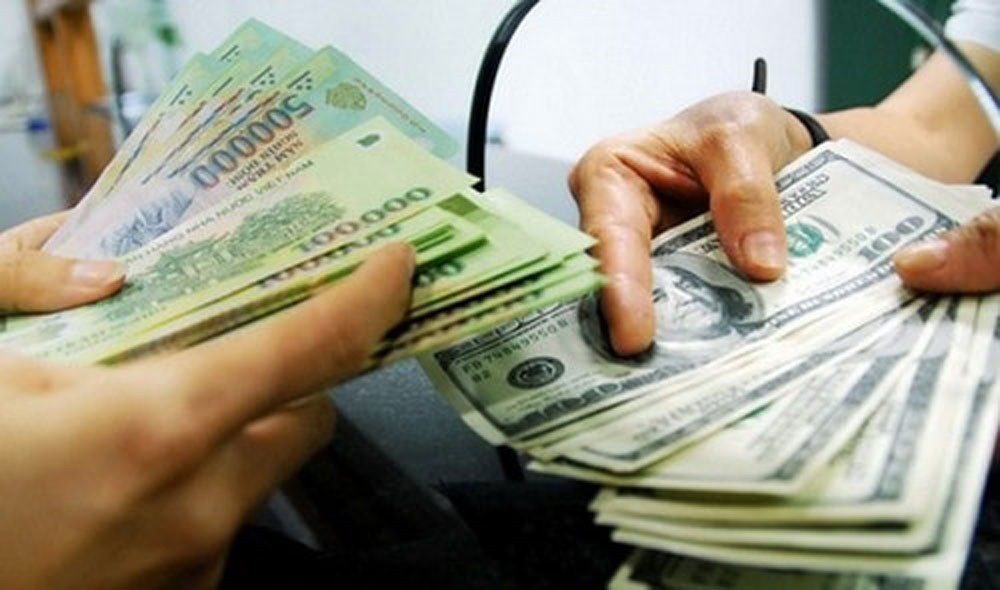
HÀ NỘI - Minister of Industry and Trade Trần Tuấn Anh has signed on decision announcing the rice export quota for April after the Prime Minister gave the green light to resume exporting the product.
The export quota set is 400,000 tonnes and will be moved via land, rail, water and air. The quotas came into effect from Saturday after the decision was made the previous day by the PM Nguyễn Xuân Phúc.
At the same day the Government Office sent an express dispatch on the permission and other directions from PM Nguyễn Xuân Phúc to the Ministry of Industry and Trade (MoIT), the Ministry of Agriculture and Rural Development (MARD) and the Ministry of Finance (MoF) relating rice export in the context of the novel coronavirus (COVID-19) pandemic, drought and saline intrusion.
The Prime Minister accepted the proposal of the MoIT submitted on April 6 to export about 800,000 tonnes of rice in April and May. Meanwhile, the national rice reserves would increase from 300,000 to 700,000 tonnes.
This export rice volume is reduced by 40 per cent compared to the volume in April and May 2019. It is also 35.7 per cent and 21.7 per cent lower than the same period in 2018 and 2017, respectively.
The PM has also requested the MoIT, MoF, MARD and the relevant agencies to implement the rice export plan in accordance with law.
They must also avoid a shortage of rice.
The MoIT must report to the Prime Minister their plans before April 25. The ministry must also build a scenario to regulate the domestic rice market and rice exports in case the COVID-19 pandemic lasts until the end of 2020, according to the PM.
PM Phúc also asked the MoF to manage the rice volume that is permitted to export according the MoIT proposal to ensure transparency.
At the same time, this ministry would coordinate with the relevant agencies to urgently purchase rice for the national food reserves as targeted this year, reported chinhphu.vn. If it is necessary, they are able to increase rice volume for the national reserves.
Meanwhile, the MARD is requested to coordinate with centrally-run provinces and cities to boost agricultural production, ensuring enough supply for the domestic consumption and export. - VNS































